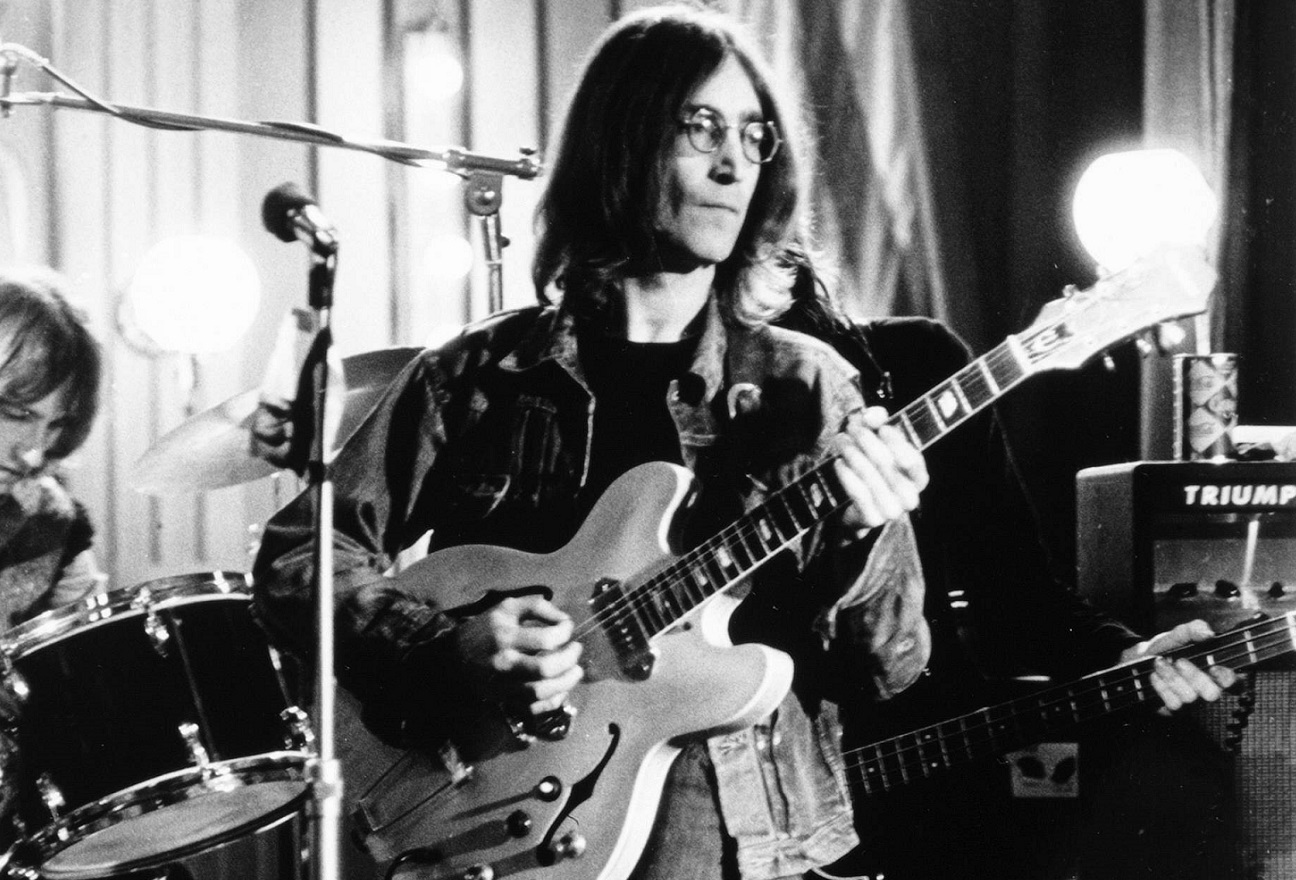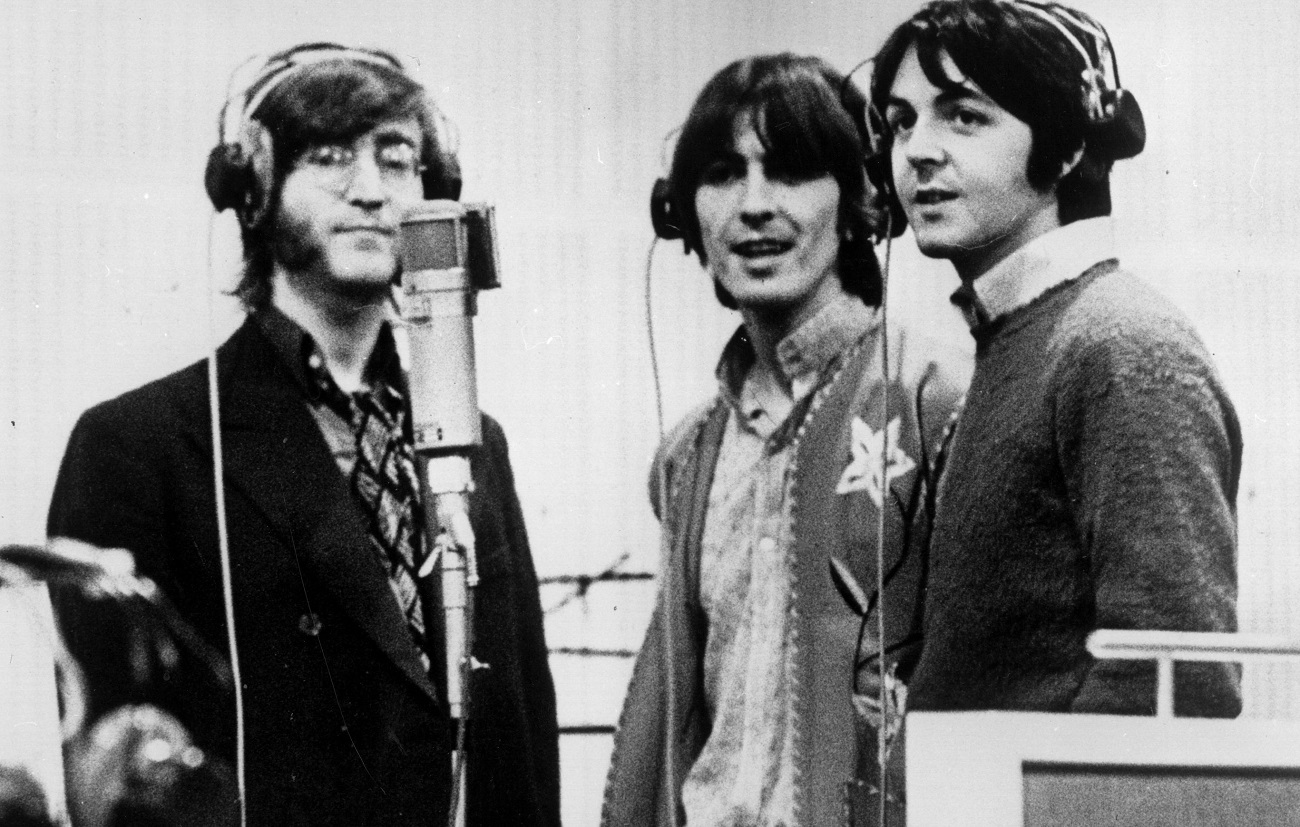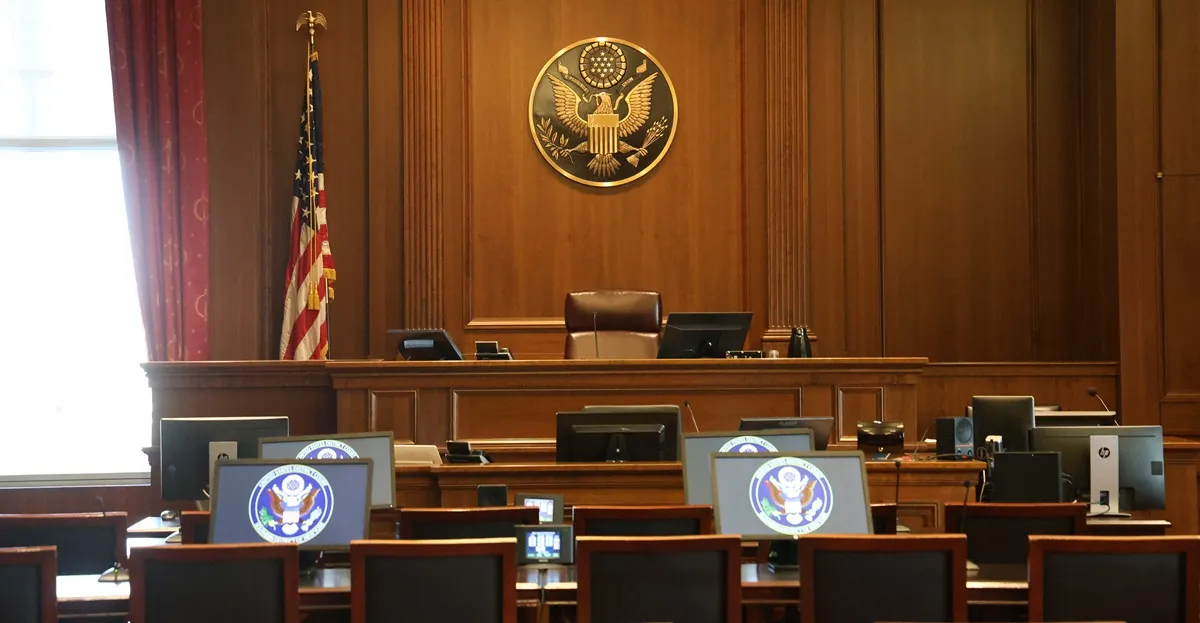John Lennon Thought the Beatles’ ‘Revolution’ Got Turned ‘Into a Piece of Ice Cream’
When The Beatles landed in New York in 1964, the cash registers started ringing. Fifty-six years later, some methods of payment have changed but the money’s never stopped flowing. America continues to be a cash cow for the surviving members of the Fab Four and the heirs of the deceased.
But that success came with artistic compromises. Sure, The Beatles played one sold-out show after another, but how did it sound? “Nobody was listening at the shows,” Ringo Starr said in Beatles Anthology about the last tours. “The sound at our concerts was always bad,” George Harrison recalled.
Meanwhile, American releases of Beatles albums involved other compromises. Capitol would regularly knock songs off U.K. releases for repackaging on a different U.S. album. So the label would ignore sequencing choices the band had made.
What’s more, The Beatles would sometimes discover “fake stereo” mixes of the original mono recordings turning up on U.S. records. That’s what John Lennon said happened with the hard version of “Revolution.”
John Lennon said ‘Revolution’ was ‘destroyed’ on a US release

Speaking with Dennis Elsas in a 1974 interview for New York’s WNEW-FM, Lennon acknowledged the many changes between Beatles releases in the U.K. and America. When Elsas pulled out The Second Beatles Album (1964), Lennon said he didn’t even know what it was.
“You know, many of these have been remixed with stereo,” Elsas noted. “Oh, it was awful,” Lennon said. After calling some the ’70s Capitol compilation albums “embarrassing,” Lennon explained how they’d fouled up the original recordings.
“There’s a difference between stereo and mono, obviously,” he said. “If you mix something in mono and try to fake it, you lose the guts of it. A lot of them lost that.” For an example, Lennon pointed to the gutsy “Revolution,” which The Beatles released as the B-side to “Hey Jude” in ’68.
“The fast version of ‘Revolution’ was destroyed,” Lennon said. “It was a heavy record, and they turned it into a piece of ice cream.” If you hear the remixed-for-stereo version of the track, you’ll know exactly what he was talking about.
Lennon had already fought battles on behalf of ‘Revolution’

After pointing out the issue with “Revolution,” Lennon cut it short. “Never mind,” he quipped to Elsas, his voice thick with irony. “It’s all in the past, isn’t it?” In ’74, it wasn’t exactly ancient history, but Lennon had already fought a few battle in defense of his song by then.
When he first penned “Revolution,” he’d pushed for it to be the Fab Four’s next single. But Lennon’s bandmates weren’t on board. For one thing, they thought the track that would be renamed “Revolution 1” was too slow for a Beatles single. (It went out on The White Album’s side 4.)
In response, Lennon made the hard-rock version with the screamed beginning that went out as the B-side. Following a solid seven minutes of the “na-na-na-na” of “Hey Jude,” that jolt of distorted electric guitar from Lennon must have made an impression on listeners. No wonder he resented the diluted version.


